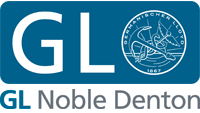 New research reveals the impact of post-Macondo reform
New research reveals the impact of post-Macondo reform
US oil and gas professionals are losing their appetite for risk and are worried about rising operating costs, as they grapple with the consequences of a tougher, post-Macondo regulatory regime, according to new research published by GL Noble Denton.
Despite the new regulations, the vast majority believe that the US will continue to be a leading investment destination, and that the changes are necessary to improve the safety and reputation of the industry, according to the report.
The findings come from a study, Reinventing Regulation: The impact of US reform on the oil and gas industry, which was undertaken on behalf of GL Noble Denton, the independent technical advisor to the oil and gas industry.
The research provides a snapshot of industry sentiment towards the issue of new regulation being introduced in the US. It is based on a survey of more than 100 senior oil and gas professionals with operations in the US, and in-depth interviews with 10 industry executives, analysts and academics.
Headline findings:
·
More than eight in 10 (85%) expect the US regulatory regime to get a lot tougher over the next two years, but only 17% disagree that the US will remain a leading investment destination
·
More than six in 10 (61%) believe the changing regime will have ‘somewhat’ negative or ‘highly’ negative effects on their business over the next two years
·
Almost eight in 10 (78%) believe regulatory changes will lead to greater administrative workload
·
More than eight in 10 (82%) believe compliance costs will increase and nearly six in 10 (57%) believe the changes will affect their appetite for risk taking
·
Almost half (47%) believe the new regime will increase safety in the industry
·
Only one in 10 believe the US authorities are doing a good job of preparing the industry for the new measures
·
Almost eight in 10 (76%) said they favoured a performance or goal-orientated approach to compliance, where safety and environmental targets are clearly defined, over a more prescriptive stance. The latter is more typical in the US regulatory environment.
-
Business impact
The US government is implementing a raft of regulatory measures in the wake of the Macondo incident in 2010, with the aim of transforming the industry’s safety culture. Oil and gas operators are now required, for example, to demonstrate that they are prepared to deal with a blowout and worst-case discharge, while revising their approaches to everything from well design and workplace safety to corporate accountability.
According to GL Noble Denton’s research, operators believe the US regulatory regime will get tougher over the next two years, as new rules continue to be implemented.
One likely consequence of the changes will be a rise in mergers and acquisitions (M&A) among oil and gas operators, as growing compliance costs accelerates consolidation. Almost six in 10 (57%) US-based oil and gas professionals surveyed for the research believe that M&A will increase as only larger players will be able to afford to compete for business under the new regulatory regime.
Positive change
Despite the impact of the new regulation, many oil and gas professionals operating in the US believe the changes will help to restore confidence in the industry. Almost half (47%) of those polled said the measures will improve overall safety compared with 35% who did not (a further 18% were undecided). Some operators are already adopting these tougher rules globally, in order to gain a competitive advantage over their rivals.
While some fears remain for a slowdown in investment as a result of the reforms, this is a relatively minor concern. Exactly half of the research participants believe investment in the US is set to remain constant or increase – far greater than the 25% who think that investment will decrease.
Arthur Stoddart, GL Noble Denton’s Executive Vice President for the Americas, said: “It is inevitable that the devastating Macondo oil spill would incur a strong regulatory reaction. No government could fail to act in the wake of such an incident. The regulations being implemented in the US present new challenges for oil and gas operators in terms of rising costs and workloads, but these changes are absolutely necessary to improve safety and prevent a future oil spill.
“As the new rules continue to come into force over the next two years, the sector will need to adapt to survive in a new climate. Increasing compliance costs, burgeoning legal risks and a greater administrative workload are just some of the effects that industry professionals expect to encounter. Our research shows that smaller oil and gas companies operating in the US are most likely to feel the impact of these burdens.
“Despite these challenges, there are clear opportunities for business growth in the US, and the country remains a leading operating destination for oil and gas companies. Evidence of this is seen in the strong rise in the number of on and offshore drilling permits issued to operators over the past year, suggesting a continued and healthy appetite for investment.”
Download a complimentary copy of Reinventing Regulation from: www.gl-nobledenton.com <http://www.gl-nobledenton.com>
.


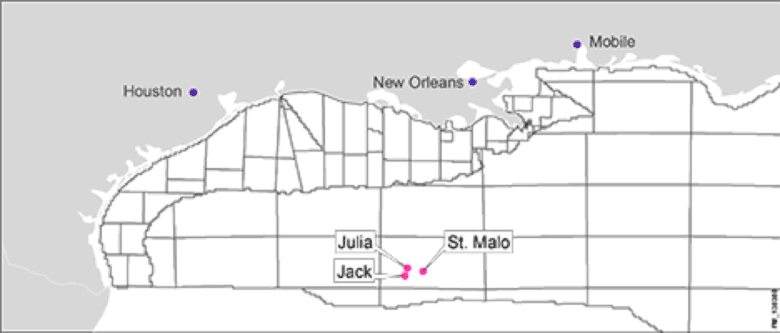

 Harsher environments, life extension and more demanding regulatory and business requirements are some of the challenges the offshore industry faces. However, a complete software tool to evaluate the full range of potential hazards and associated risks has until now not been available. Safeti Offshore, just released, is a quantitative risk analysis software solution based on DNV’s more than three decades of experience within such analysis.
Harsher environments, life extension and more demanding regulatory and business requirements are some of the challenges the offshore industry faces. However, a complete software tool to evaluate the full range of potential hazards and associated risks has until now not been available. Safeti Offshore, just released, is a quantitative risk analysis software solution based on DNV’s more than three decades of experience within such analysis.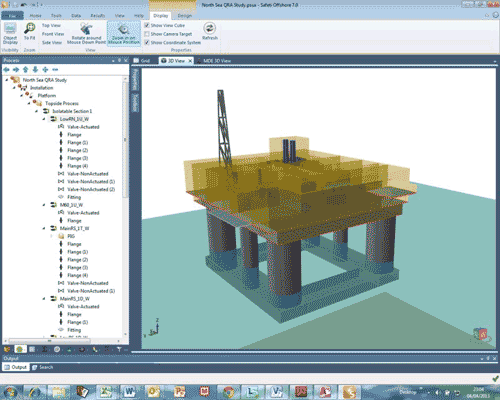
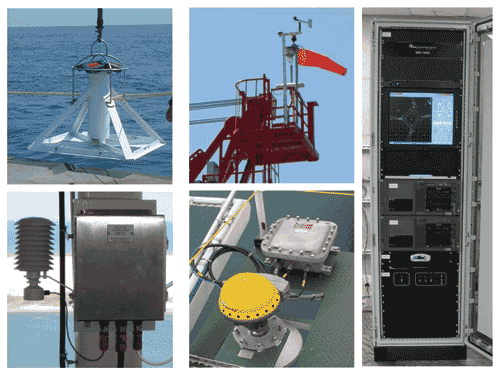 Exploration has awarded a contract to
Exploration has awarded a contract to 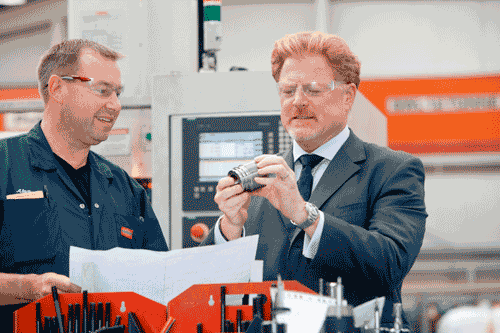
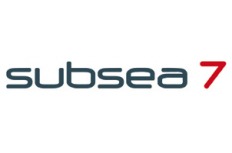
 New research reveals the impact of post-Macondo reform
New research reveals the impact of post-Macondo reform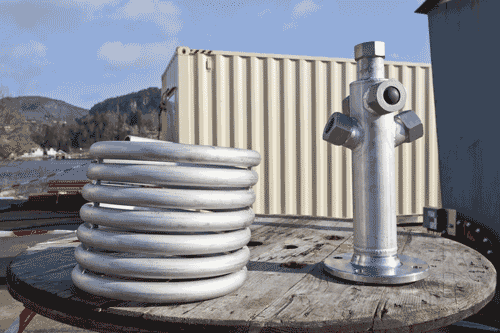
 Deep Down, Inc
Deep Down, Inc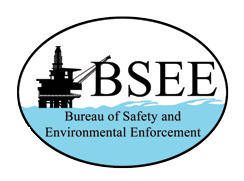 The Department of the Interior’s Bureau of Safety and Environmental Enforcement (BSEE),
The Department of the Interior’s Bureau of Safety and Environmental Enforcement (BSEE),  BP and federal and state
BP and federal and state  the previous year—according to the latest figures from Scottish Development International and the
the previous year—according to the latest figures from Scottish Development International and the